The first annual Latin America MySQL/NoSQL/Cloud Conference was held in Buenos Aires Argentina from June 26-28. Kudos to Santiago Lertora from Binlogic who had the vision for the conference in his country and made it happen. I look forward to the second annual event.
My first presentation was “Improving Performance with Better Indexes”. This presentation details the six steps to SQL performance analysis, Capture, Identify, Confirm, Analyze, Optimize and Verify. An explanation of MySQL EXPLAIN, and working examples to create indexes and better covering indexes in several examples are provided. A production example of a 13 table join is used to detail how covering indexes and partial column indexes can make a dramatic improvement in performance. Download Presentation (PDF).
More detailed information about EXPLAIN and creating indexes is available in book Effective MySQL: Optimizing SQL Statements.
My second presentation was “MySQL Backup and Recovery Essentials”. This presentation covers the most common options for MySQL backup and the respective restore options. Also covered is the importance of the master binary logs and point in time recovery capabilities. Download Presentation (PDF)
More detailed information about the right backup and recovery strategy and associated tools is available in book Effective MySQL: Backup and Recovery.

 More detailed information about EXPLAIN and associated commands is available in book
More detailed information about EXPLAIN and associated commands is available in book 


 Today at the
Today at the 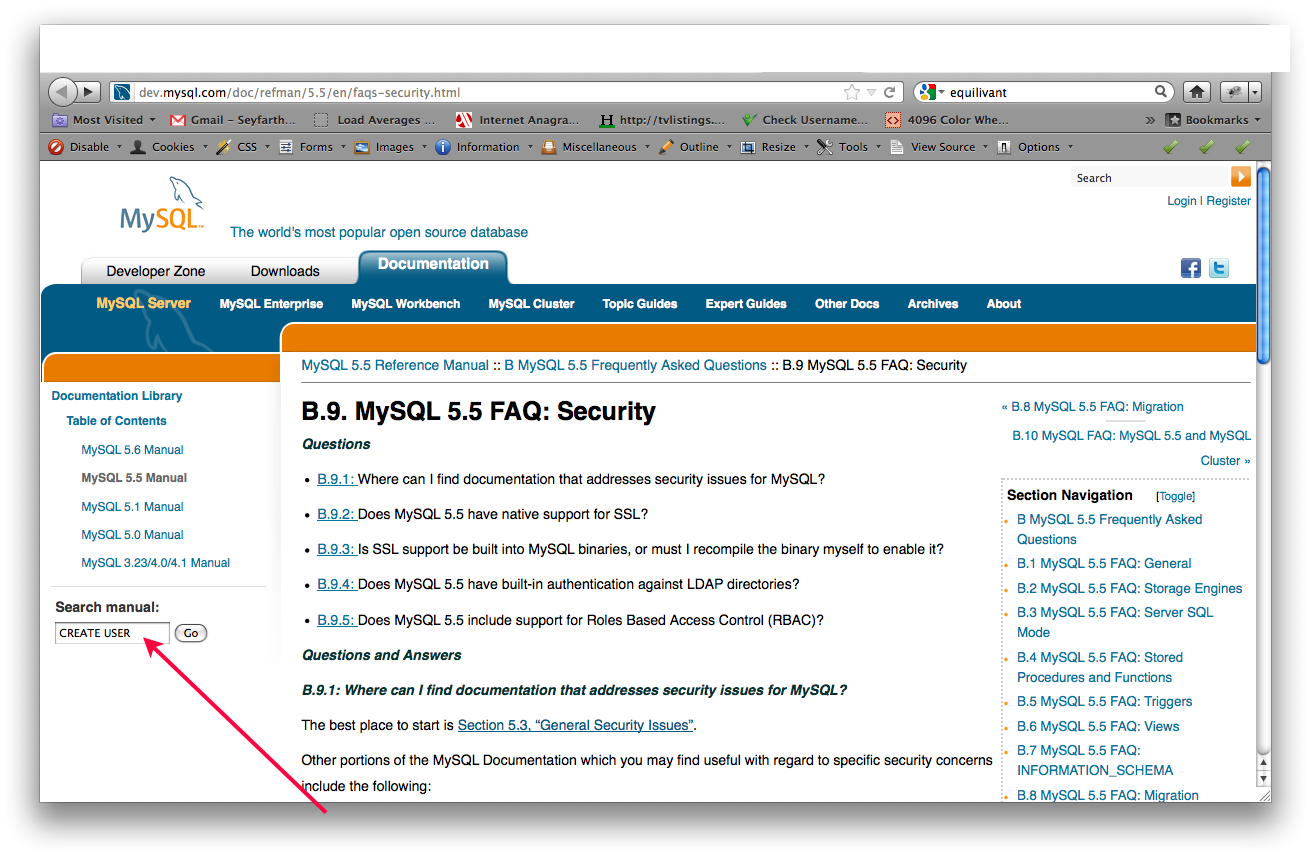
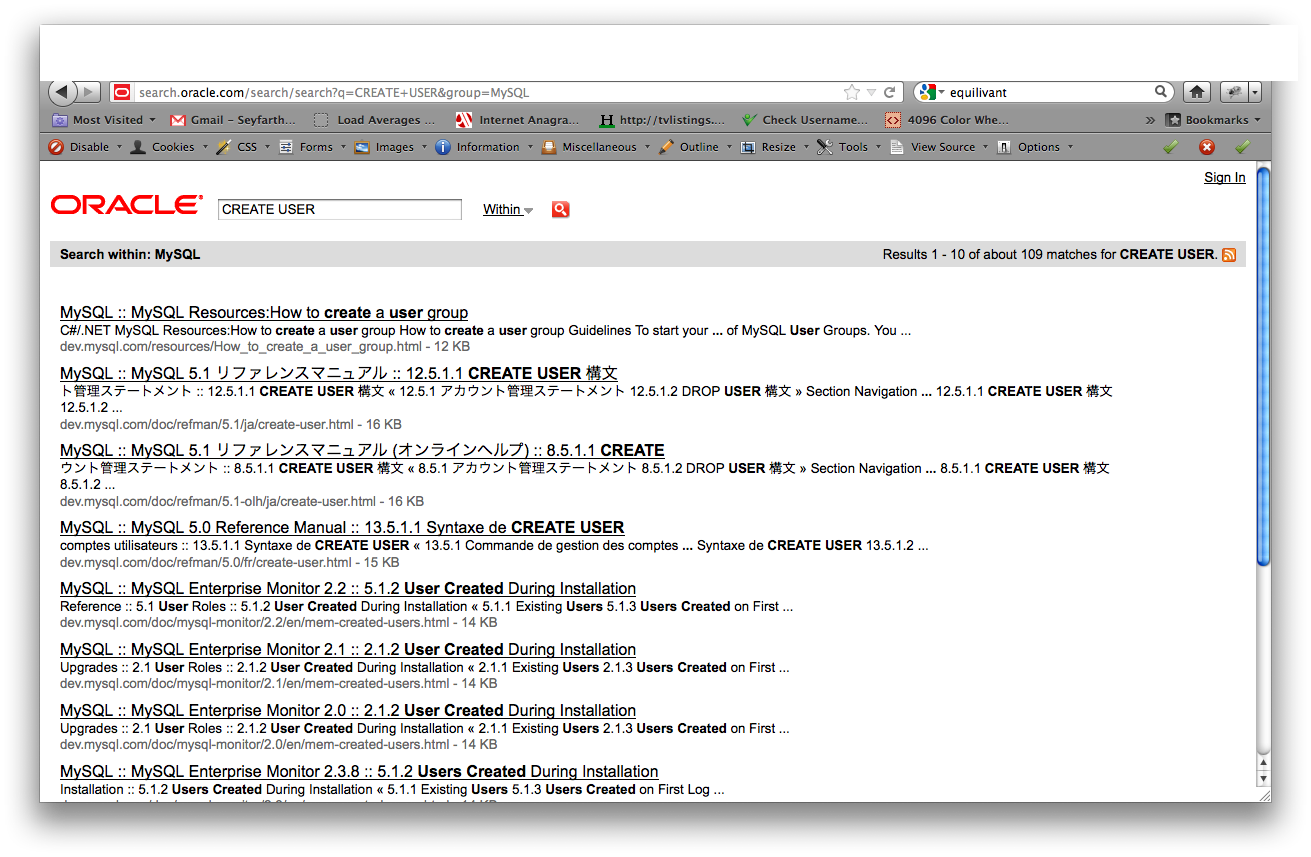

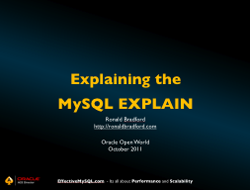
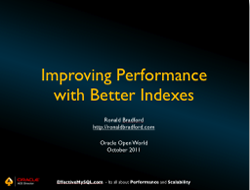
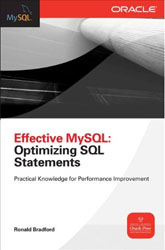 Announced on Sunday at
Announced on Sunday at  I will be joining a stellar class of speakers at the
I will be joining a stellar class of speakers at the